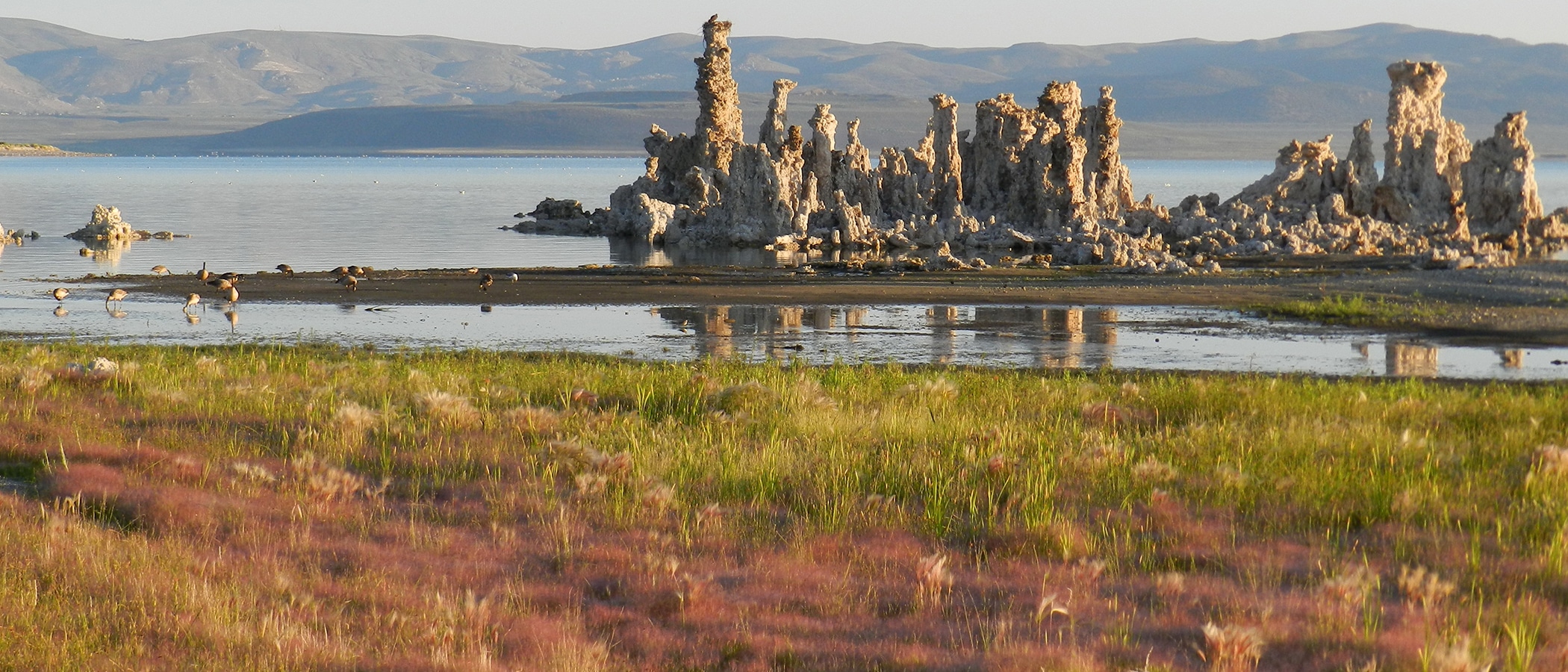
This post was written by Angie Glaser, 2012 Project Specialist.
Yosemite National Park has made international headlines this summer after nine visitors contracted hantavirus after visiting the park. Although the presence of hantavirus is not new in the Sierra Nevada, the rodent-carried disease is rare and the high number of cases this summer is unprecedented.
Hantavirus is a respiratory disease that manifests itself in flu-like symptoms. Symptoms take 1–6 weeks to appear, and in the case of Yosemite visitors, affected persons could be out of the country by the time they realize they are sick. The delay in symptoms and the large number of foreign visitors has created a global awareness of hantavirus tied to Yosemite.
Since the discovery of hantavirus in 1993, there have been only 60 cases in California and 587 nationally. While experts are unsure what has caused the recent increase in hantavirus cases, public health officials suspect that a boom in populations of deer mice, the primary carriers of the virus, could be a factor. Eight of the nine confirmed hantavirus cases were contracted after visitors stayed in Signature Tent Cabins in Curry Village. The cabins have since been closed indefinitely, and the National Park Service, Center for Disease Control, and California Department of Public Health are working with Delaware North Companies—the park’s concessionaire—to ensure that necessary measures are taken to reduce rodent activity.
Although hantavirus is a serious disease, visitors need not alter travel plans to Yosemite National Park or the Eastern Sierra. If you are traveling in an area that is home to deer mice, there are simple precautions you can take to reduce your risk of exposure to the virus. Hantavirus is transferred through the urine, feces, and saliva of deer mice, so avoiding mice, their droppings, and burrows is the best way to stay safe and healthy. Avoid breathing air that could contain stirred up deer mouse feces, and, of course, never handle deer mice, dead or alive. If you are camping, avoid sleeping directly on the ground, and store your food in a mouse-proof container to avoid tempting affected mice.
For more information on hantavirus, please visit the Centers of Disease Control & Prevention’s website. The National Park Service in Yosemite has also set up a hotline that is available 9:00am to 5:00pm at (209) 372-0822.
